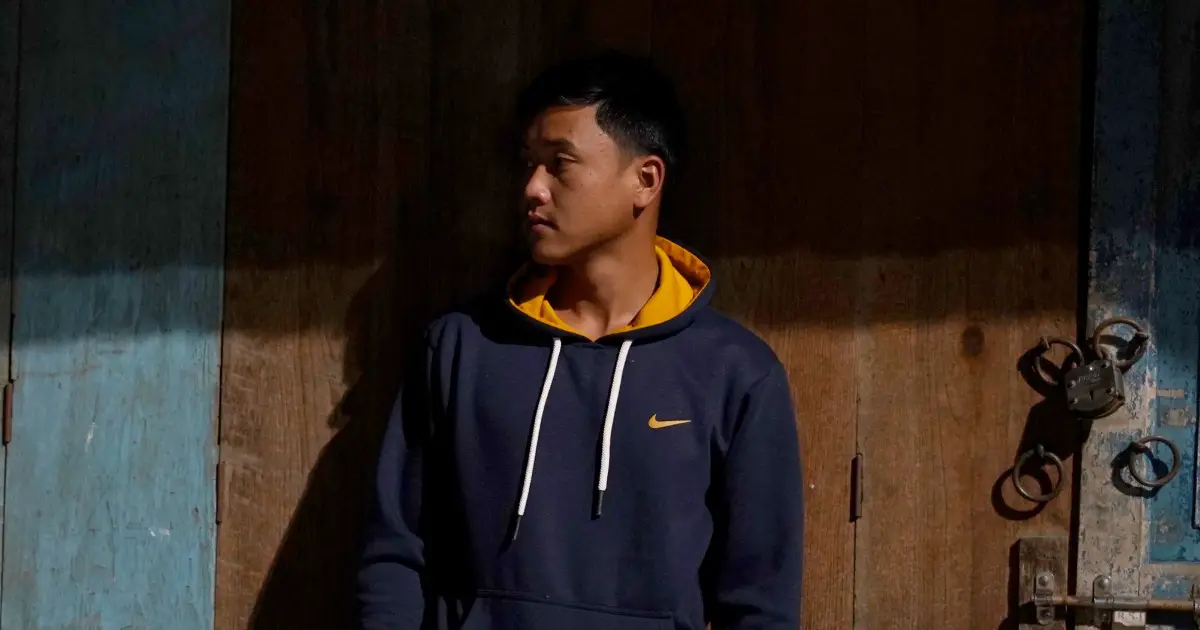Since the Feb. 1, 2021, coup, the Tatmadaw, as the military is known, has responded to opposition with what the US State Department has called “abhorrent violence,” shooting protesters, conducting air strikes and attacking villages. More than 1,500 people have been killed, according to the Assistance Association for Political Prisoners, a monitoring group based in Thailand. Thousands of others are imprisoned, including Aung San Suu Kyi, 76, the Nobel Peace laureate who had been the leader of Myanmar, formerly known as Burma, since a 2015 election ended decades of military rule.
The country’s ousted lawmakers have formed a government-in-exile called the National Unity Government, along with an armed wing in Myanmar called the People’s Defense Force. Violence between the PDF, its allies and the military has escalated in recent months, and experts say Myanmar risks becoming a failed state.
A spokesperson for the Myanmar military did not respond to a request for comment. State media reported that on Jan. 31 military ruler Min Aung Hlaing, who has promised elections next year, extended a state of emergency for six months.
The international community, including the United States, has mostly refrained from recognizing either the junta or the National Unity Government. In the meantime the worsening humanitarian crisis is spilling out of the country; the UN refugee agency says 32,000 refugees have fled Myanmar since the coup.
“This violence will cross international borders and it will cause damage to our neighbors,” Sasa, spokesman and minister of international cooperation for the National Unity Government, said on a Zoom call from an undisclosed location. “We need help from our neighbors, including India, Thailand and China. We should all come together to end the junta’s reign of terror.”
In September, the shadow government called for a nationwide uprising against the military. Armed groups like the Chin National Defense Force are a key part of that, said Sasa, who like many people in Myanmar goes by one name.
Teenagers like Thang are becoming the face of the pushback. After training for two weeks at a camp in Chin state, he went on leave across the border in the state of Mizoram, in far eastern India. The Chin and Mizo people share a similar ancestry, culture and language, and both states, influenced by Western missionaries, are also majority Christian.
“The people of Mizoram do not want to send them back because they are our brothers,” K. Vanlalvena, a member of Parliament from Mizoram, said last March of the Chin refugees. “Sending them back means killing them.”
As Christmas neared in the town of Champhai, strings of lights decorated storefronts, houses and street corners, while wooden reindeer guarded the gates of churches. Standing on the terrace of a safe house, Thang lit a cigarette and pointed toward the mountains about 13 miles behind him. “Myanmar!” he said nodding.
By the end of January, Thang reported that he was on the front lines in Chin state.
“If they shoot me, or kill me, my blood will be [shed] for saving my country,” he said through a translator while still in Champhai. “I don’t care about anything. I accept it.”

